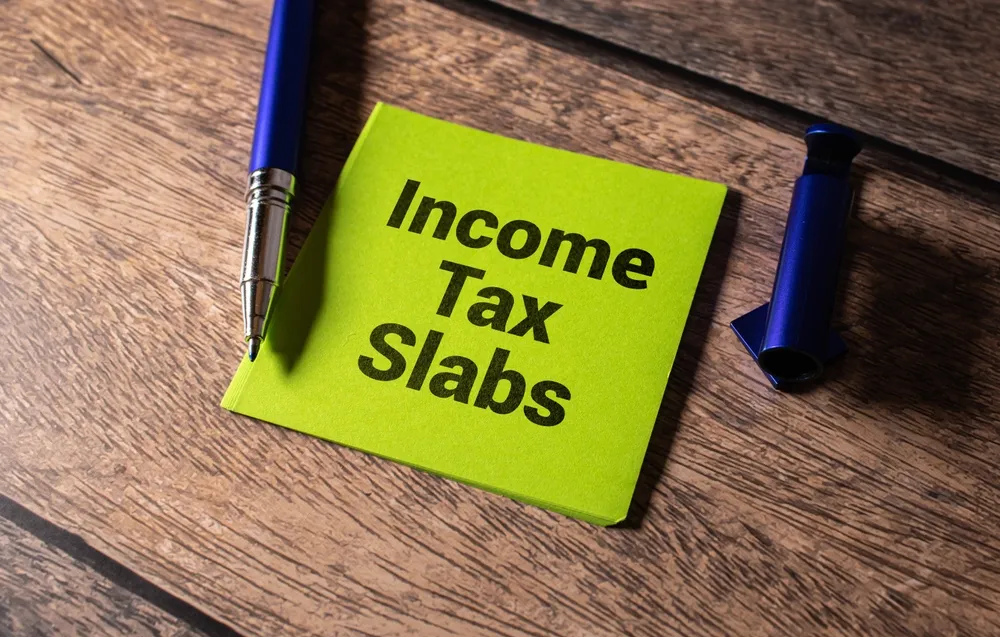Personal Finance News
Income Tax FAQs: What’s new in Budget 2025 and does it apply to FY 2024-25 ITR filing? Your questions answered
.png)
5 min read | Updated on February 03, 2025, 12:37 IST
SUMMARY
New income tax slab, rate and rebate FAQs for FY 2025-26: With revised tax slabs under the new tax regime and a higher tax-free income threshold, taxpayers stand to benefit from increased savings and financial flexibility. To help you navigate these changes, we've compiled a list of frequently asked questions (FAQs) covering everything from new tax rates to filing obligations and deductions.

Income Tax FAQs: Who benefits from the revised tax slabs? (Image: Shutterstock)
“The new structure will substantially reduce the taxes of the middle class and leave more money in their hands, boosting household consumption, savings and investment,” she said.
Income tax changes explained in FAQs:
The tax-free income limit for salaried individuals and pensioners has been raised to ₹12 lakh per annum under the new tax regime. This is due to a change in tax slabs and rebate under section 87A. With a standard deduction of ₹75,000, individuals earning up to ₹12.75 lakh will pay no tax.
| Total Income | Rate of Tax |
|---|---|
| Upto ₹ 4,00,000 | Nil |
| ₹ 4,00,001 to ₹ 8,00,000 | 5% |
| ₹ 8,00,001 to ₹ 12,00,000 | 10% |
| ₹ 12,00,001 to ₹ 16,00,000 | 15% |
| ₹ 16,00,001 to ₹ 20,00,000 | 20% |
| ₹ 20,00,001 to ₹ 24,00,000 | 25% |
| Above ₹ 24,00,000 | 30% |
No. The new tax regime applies to normal income like salary and pension. Special incomes like capital gains, foreign income, or business income may have different tax obligations.
Yes. Even if no tax is payable, individuals must file their ITR if their income exceeds the basic exemption limit of ₹4 lakh.
Filing an ITR is beneficial for claiming refunds, maintaining financial records for loans or visas, carrying forward losses, and avoiding scrutiny from the Income Tax Department.
No. The revised tax slabs and rates announced in Budget 2025-26 will be applicable for Financial Year (FY) 2025-26, which corresponds to Assessment Year (AY) 2026-27.
The new tax slabs will apply for income earned between April 1, 2025, and March 31, 2026. Taxpayers will file their Income Tax Return (ITR) for this income in AY 2026-27 (i.e., in 2026). For tax filing in 2025, the tax rates announced in the previous year’s budget (Budget 2024-25) will still be applicable.
- Income of ₹15 lakh: ₹1,05,000 (excluding cess)
- Income of ₹20 lakh: ₹2,00,000 (excluding cess)
- Income of ₹25 lakh: ₹3,30,000 (excluding cess)
- Income of ₹35 lakh: ₹6,60,000 (excluding cess)
- Income of ₹45 lakh: ₹9,30,000 (excluding cess)
No, the old tax regime remains unchanged. However, taxpayers still have the option to choose between the old and new tax regimes. The new tax regime has been the default since FY 2023-24.
| Income Tax Slab | Income Tax Rate | Surcharge |
|---|---|---|
| Up to ₹ 2,50,000 | Nil | Nil |
| ₹ 2,50,001 - ₹ 5,00,000 | 5% above ₹ 2,50,000 | Nil |
| ₹ 5,00,001 - ₹ 10,00,000 | ₹ 12,500 + 20% above ₹ 5,00,000 | Nil |
| ₹ 10,00,001 - ₹ 50,00,000 | ₹ 1,12,500 + 30% above ₹ 10,00,000 | Nil |
| ₹ 50,00,001 - ₹ 100,00,000 | ₹ 1,12,500 + 30% above ₹ 10,00,000 | 10% |
| ₹ 100,00,001 - ₹ 200,00,000 | ₹ 1,12,500 + 30% above ₹ 10,00,000 | 15% |
| ₹ 200,00,001 - ₹ 500,00,000 | ₹ 1,12,500 + 30% above ₹ 10,00,000 | 25% |
| Above ₹ 500,00,000 | ₹ 1,12,500 + 30% above ₹ 10,00,000 | 37% |
Only a few deductions are permitted, such as employer’s contributions to National Pension System (NPS) and Employee Provident Fund (EPF). Most other deductions, including Section 80C, 80D (health insurance), and HRA, are available only under the old tax regime.
The standard deduction remains: ₹75,000 under the new tax regime. ₹50,000 under the old tax regime.
Yes, salaried individuals can choose between the old and new tax regimes. The new tax regime is now the default option from FY 2023-24 onwards. However, individuals with business or professional income will not be eligible to choose between the two regimes every year. Once they opt out of the new tax regime, which is the default regime for taxpayers from FY2023-24 onwards, they have only one chance of switching to the new regime. After switching back to the new regime, they won’t be able to choose the old regime.
The government has extended the deadline to file updated ITRs from 2 years to 4 years.
60% additional tax for returns filed between 24-36 months. 70% additional tax for returns filed between 36-48 months.
Tax-free income limit raised to ₹12 lakh (effectively ₹12.75 lakh with standard deduction). Revised tax slabs in the new regime reduce tax liability. No change in the old tax regime. Option to switch between the old and new regimes continues. Extended deadline for filing updated ITRs to 4 years.
Related News
By signing up you agree to Upstox’s Terms & Conditions
About The Author
Next Story


